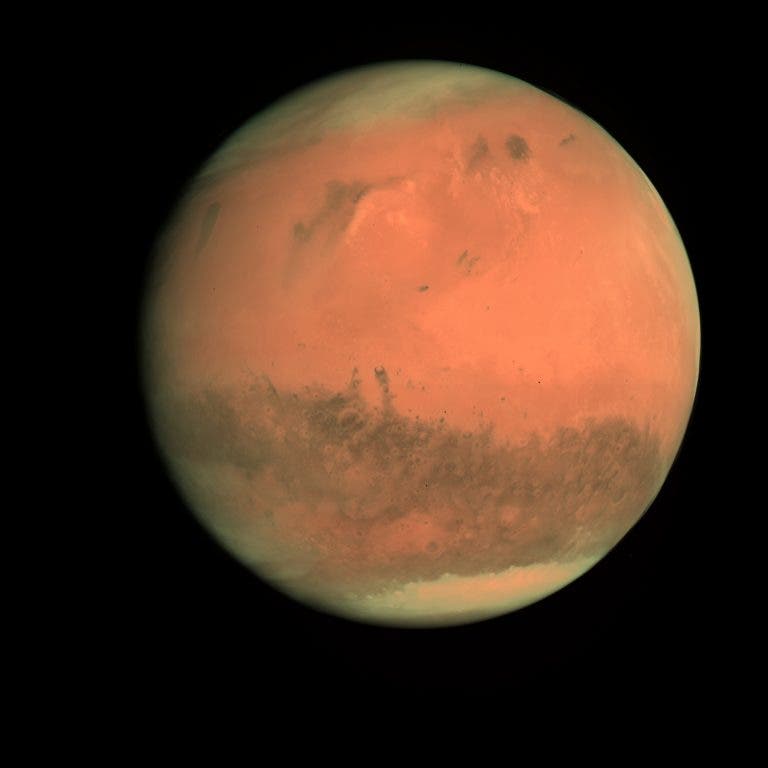The doors to the European Space Agency (ESA) have been wide opened: everything they’ve ever released is now open access.

We knew something was up because, for the past few weeks, ESA has been uploading more and more of its archive to the open access site. Now, the trove of images and videos has adopted the Creative Commons Attribution – ShareAlike 3.0 Intergovernmental Organisation. This means that you can use whatever you want, share it and adapt it as you wish for all purposes — even commercially — while crediting ESA as the author.
“This evolution in opening access to ESA’s images, information and knowledge is an important element of our goal to inform, innovate, interact and inspire in the Space 4.0 landscape,” said Jan Woerner, ESA Director General. “It logically follows the free and open data policies we have already established and accounts for the increasing interest of the general public, giving more insight to the taxpayers in the member states who fund the Agency,” he added.
But this isn’t just about images and videos, their recent releases under open access policies also include data which can be used by scientists, professionals, and even students. Among many other things, you can now freely access:
- Images and data from Earth observation missions (Envisat, Earth Explorer, European Remote Sensing missions, Copernicus; example here).
- ESA/Hubble images and videos
- The entire ESA Planetary Science Archive Data (PSA). The PSA is the central European repository for all scientific and engineering data returned by ESA’s planetary missions. You can see pretty much everything ESA has ever done: ExoMars 2016, Giotto, Huygens, Mars Express, Rosetta, SMART-1, Venus Express, and many more.
- Sounds from Space: ESA’s official SoundCloud channel hosts a multitude of sounds and so-called sonifications from Space, including the famous ‘singing comet’, a track that has been reused and remixed thousands of times by composers and music makers worldwide.
- 3D Models of a comet.
It’s a great step the ESA has taken, one which follows NASA’s similar decision. Yes, everything that NASA has is also open access — and this truly is tremendous. Now more than ever, we need access to information and data, and now more than ever NASA and the ESA have more data on their hands than they can analyze. By making it available for everyone they are not only helping researchers, students, and the media, they are also helping advance science. The tendency to favor open-access data is something we applaud and which can lead to important discoveries. The trove of data is now open for everyone to access — congrats, ESA!


